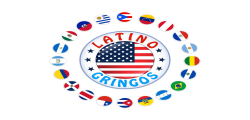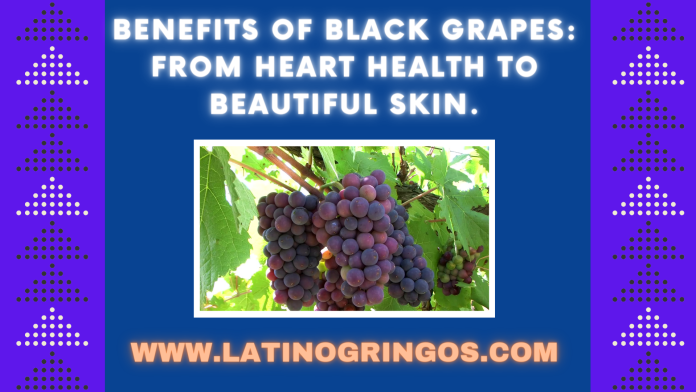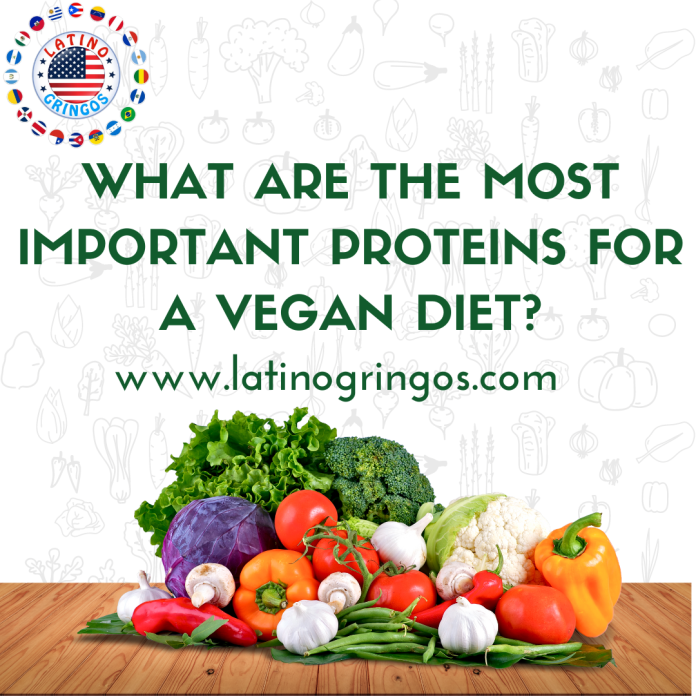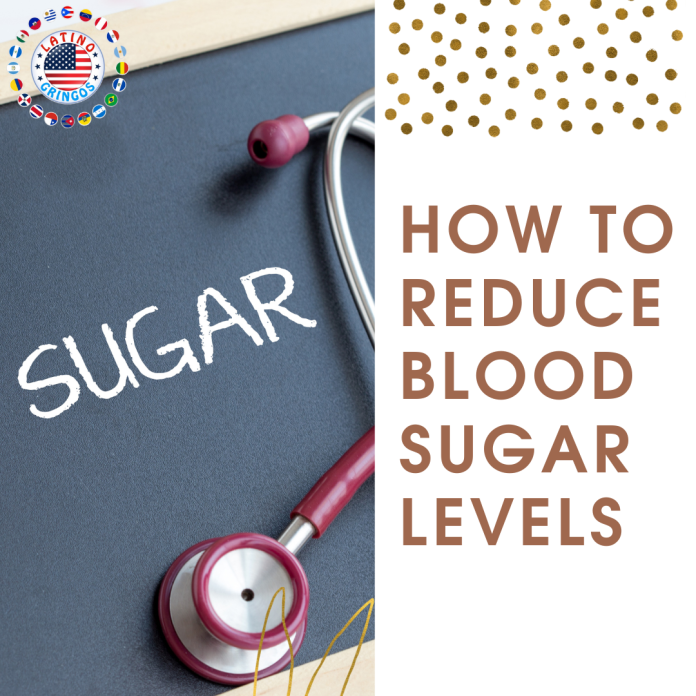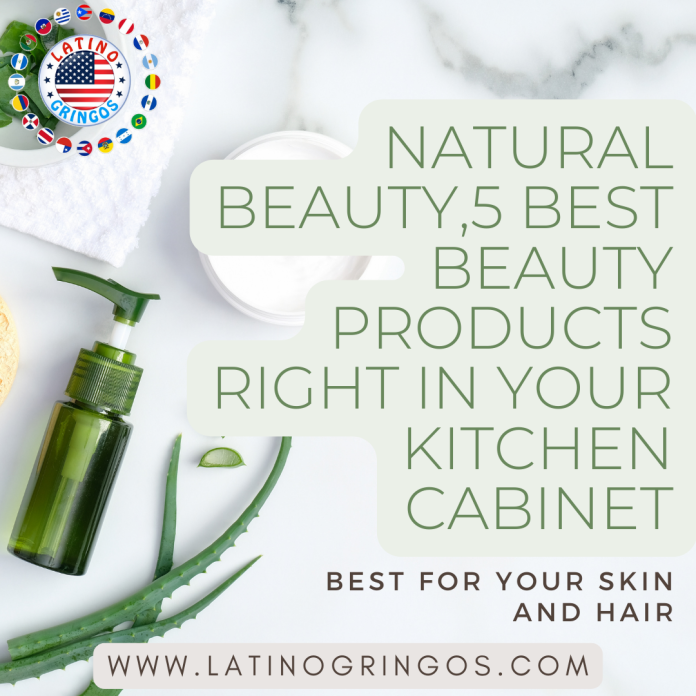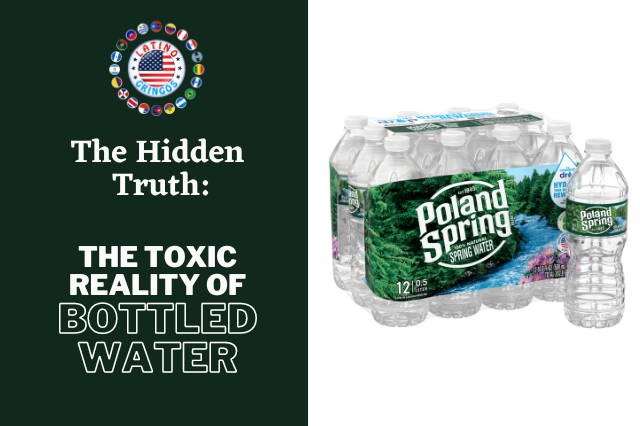Read our full article at: https://latinogringos.com/benefits-of-black-grapes-from-heart-health-to-beautiful-skin/
What are the most important proteins for a vegan diet?
Several vegetable proteins are considered important due to their nutritional profile and versatility in plant-based diets. Some of the most notable ones include:
Soy Protein: Derived from soybeans, soy protein is a complete protein, meaning it contains all nine essential amino acids necessary for human health. It’s commonly found in tofu, tempeh, edamame, and soy-based meat substitutes.
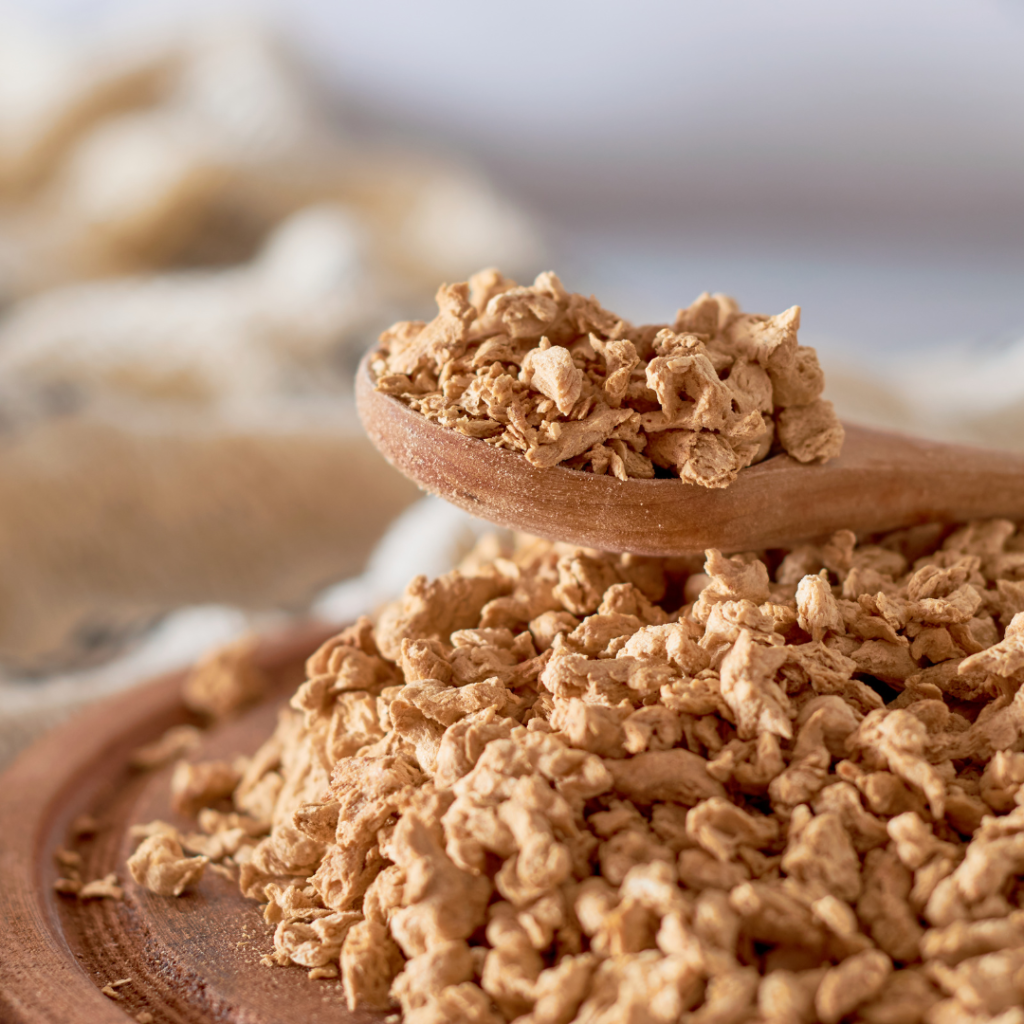
Pea Protein: Pea protein is rich in lysine, an amino acid that is typically lacking in other plant proteins. It’s derived from yellow split peas and is often used in protein powders, meat alternatives, and plant-based dairy products.
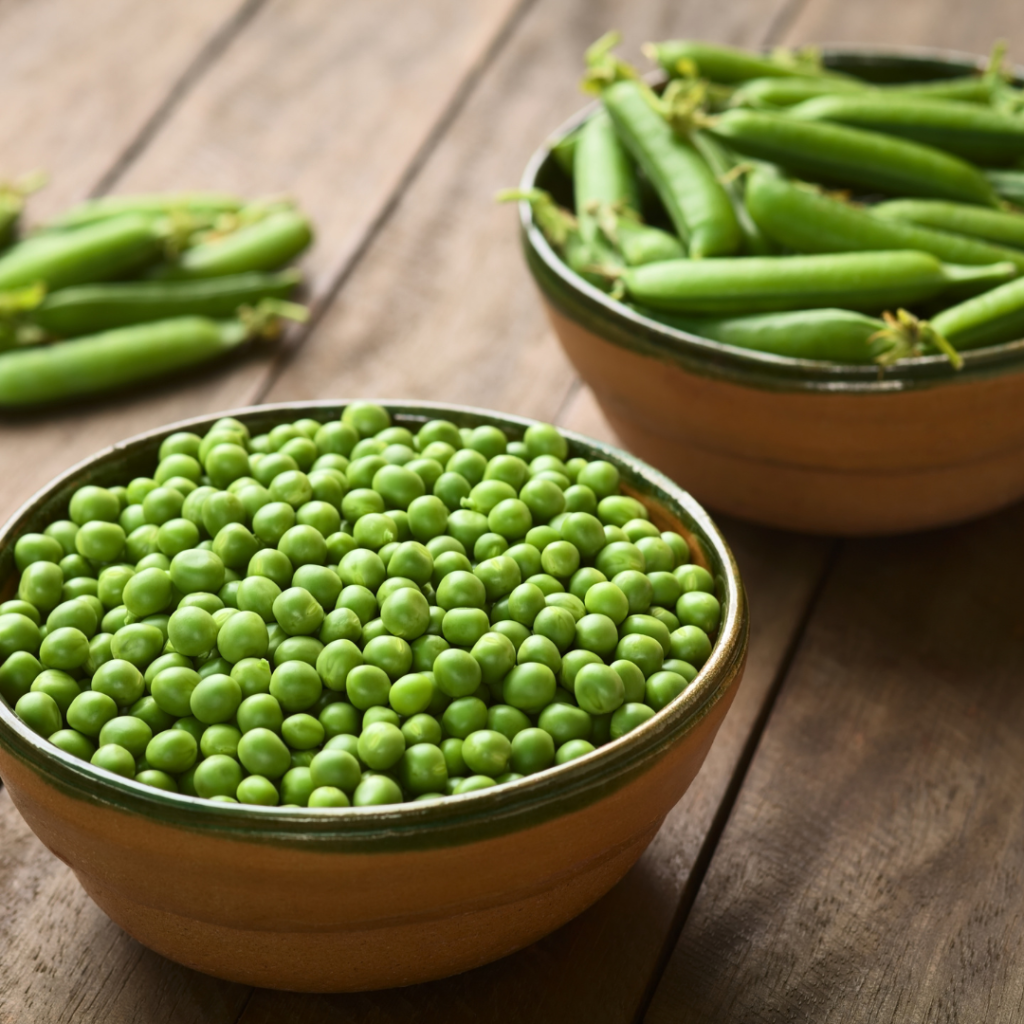
Lentil Protein: Lentils are an excellent source of protein, fiber, and various nutrients. They’re commonly used in soups, stews, salads, and as a meat substitute in various dishes.

Chickpea Protein: Chickpeas, also known as garbanzo beans, are a staple in many cuisines and are a good source of protein, fiber, and several vitamins and minerals. They’re used in dishes like hummus, falafel, and salads.
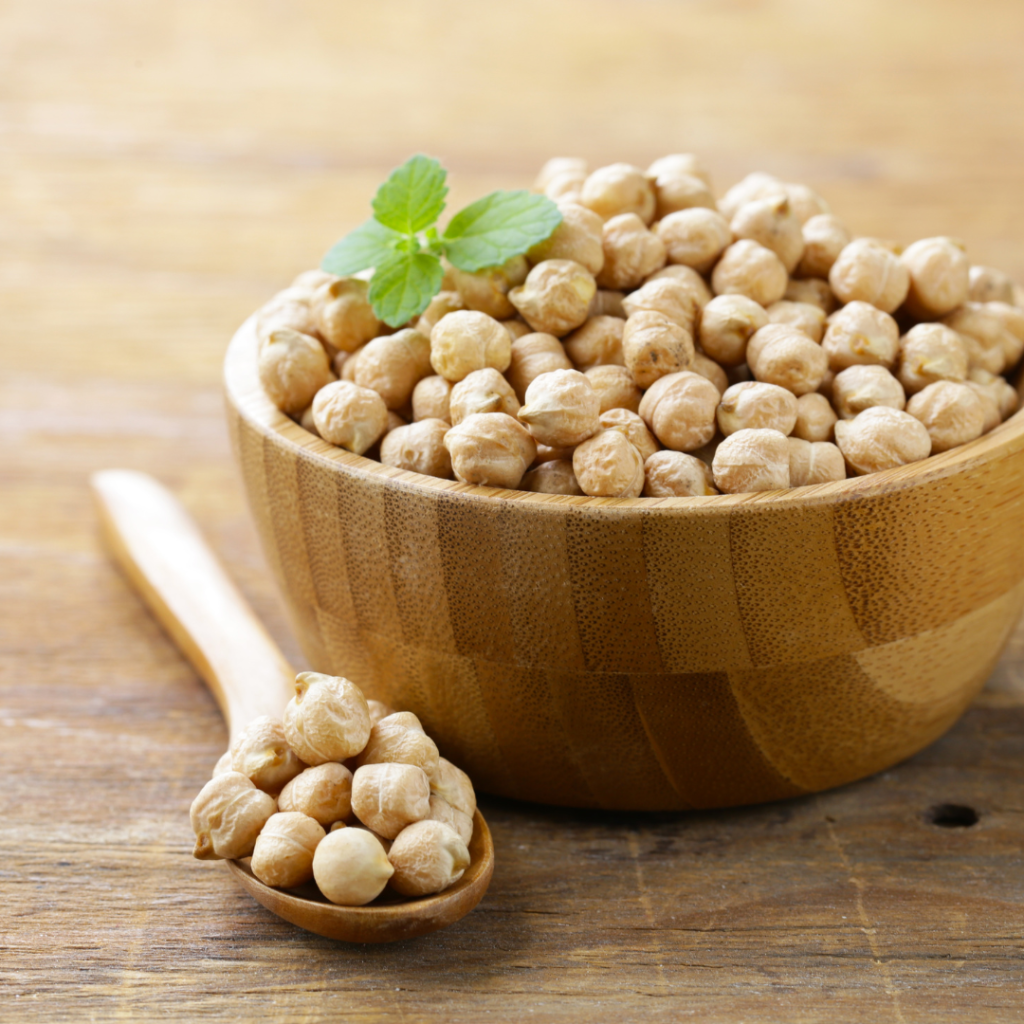
Quinoa: While technically a seed, quinoa is often referred to as a whole grain and is a complete protein source. It’s highly versatile and can be used in salads, soups, stir-fries, and as a substitute for rice.
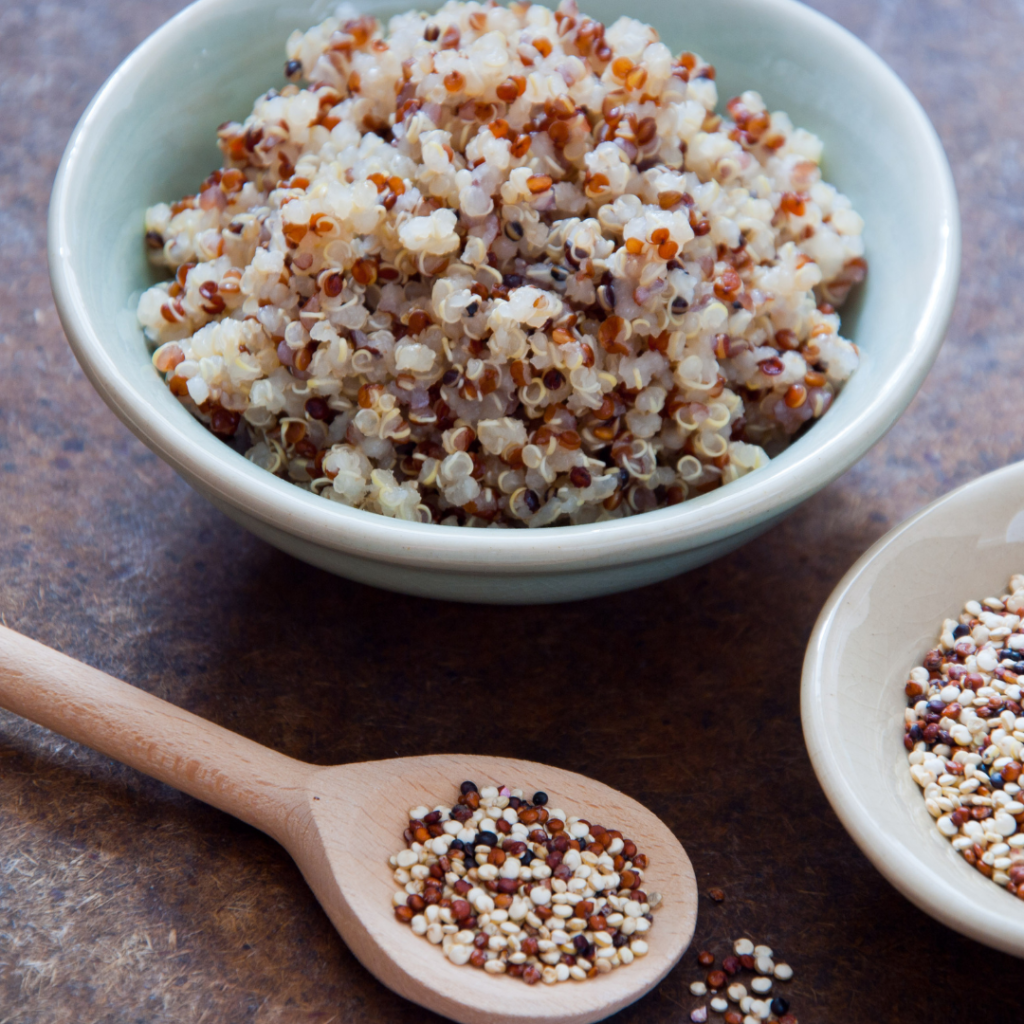
Brown Rice Protein: Brown rice protein powder is derived from whole grain brown rice and is hypoallergenic, making it suitable for those with food sensitivities. It’s often used in protein powders and nutrition bars.
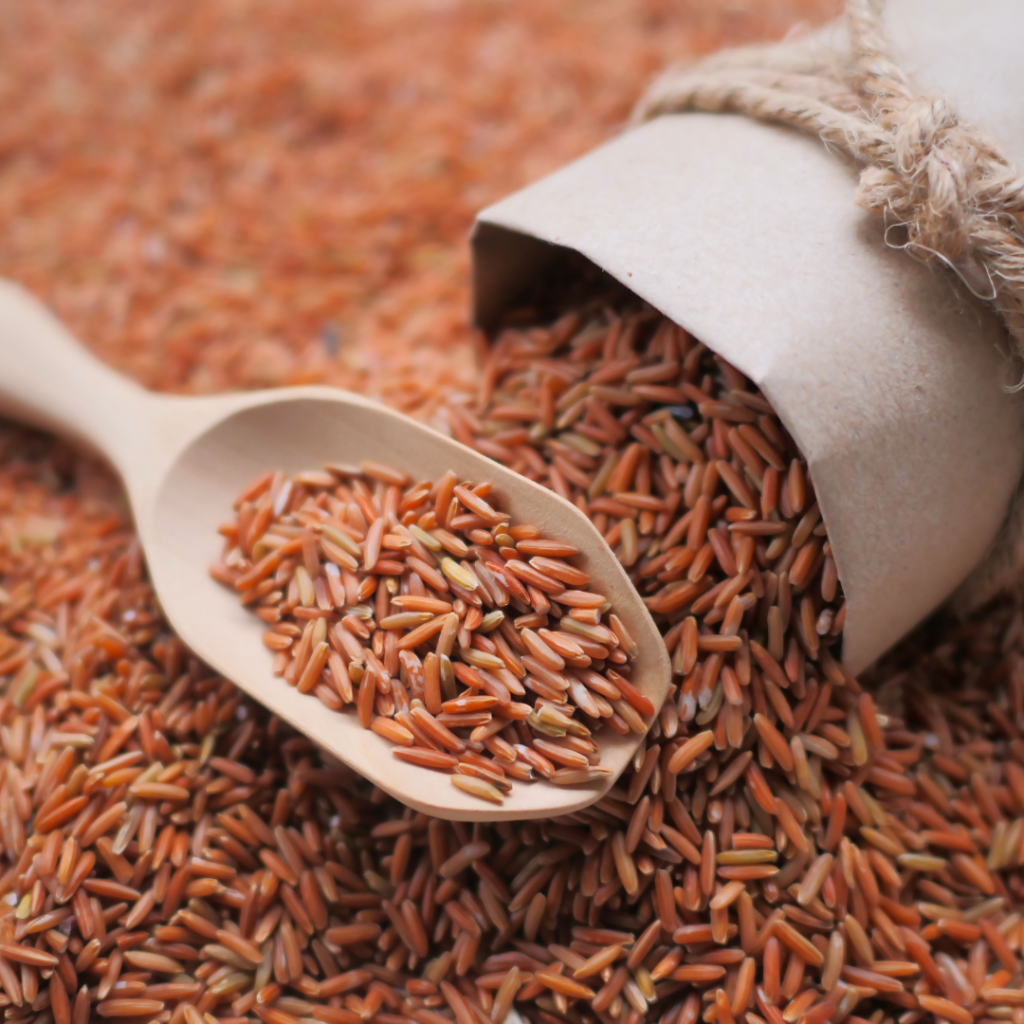
These vegetable proteins are important not only for individuals following vegetarian or vegan diets but also for anyone looking to incorporate more plant-based protein sources into their meals for health and environmental reasons.
Follow us on our social networks and stay up to date with all the articles and videos that Latino Gringos™ has for you. If you want to suggest a topic for conversation, do not hesitate to contact us about it.
cuales son las proteinas mas importantes para una dieta vegana?
Varias proteínas vegetales se consideran importantes debido a su perfil nutricional y versatilidad en dietas basadas en plantas. Algunos de los más notables incluyen:
Proteína de soja: derivada de la soja, la proteína de soja es una proteína completa, lo que significa que contiene los nueve aminoácidos esenciales necesarios para la salud humana. Se encuentra comúnmente en el tofu, el tempeh, el edamame y los sustitutos de la carne a base de soja.
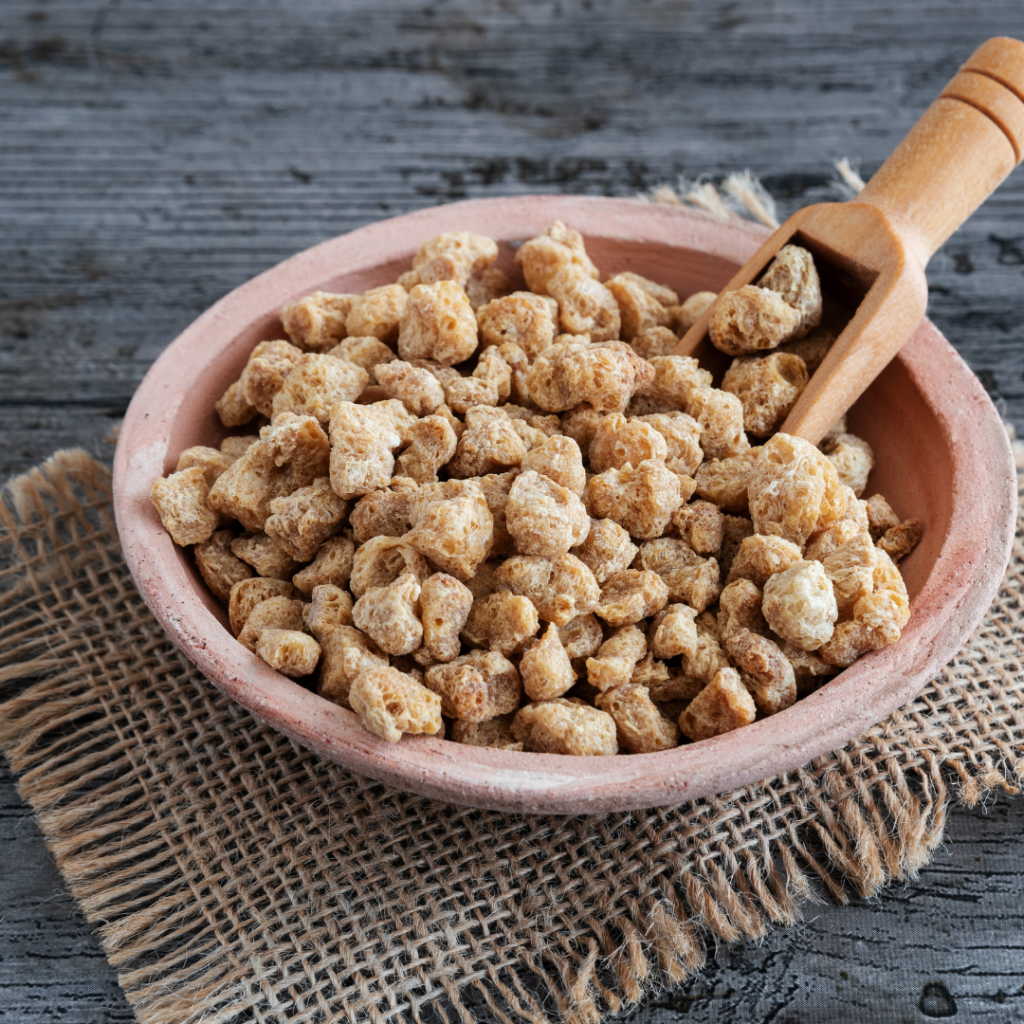
Proteína de guisante: La proteína de guisante es rica en lisina, un aminoácido que normalmente falta en otras proteínas vegetales. Se deriva de los guisantes amarillos partidos y se utiliza a menudo en proteínas en polvo, alternativas a la carne y productos lácteos de origen vegetal.
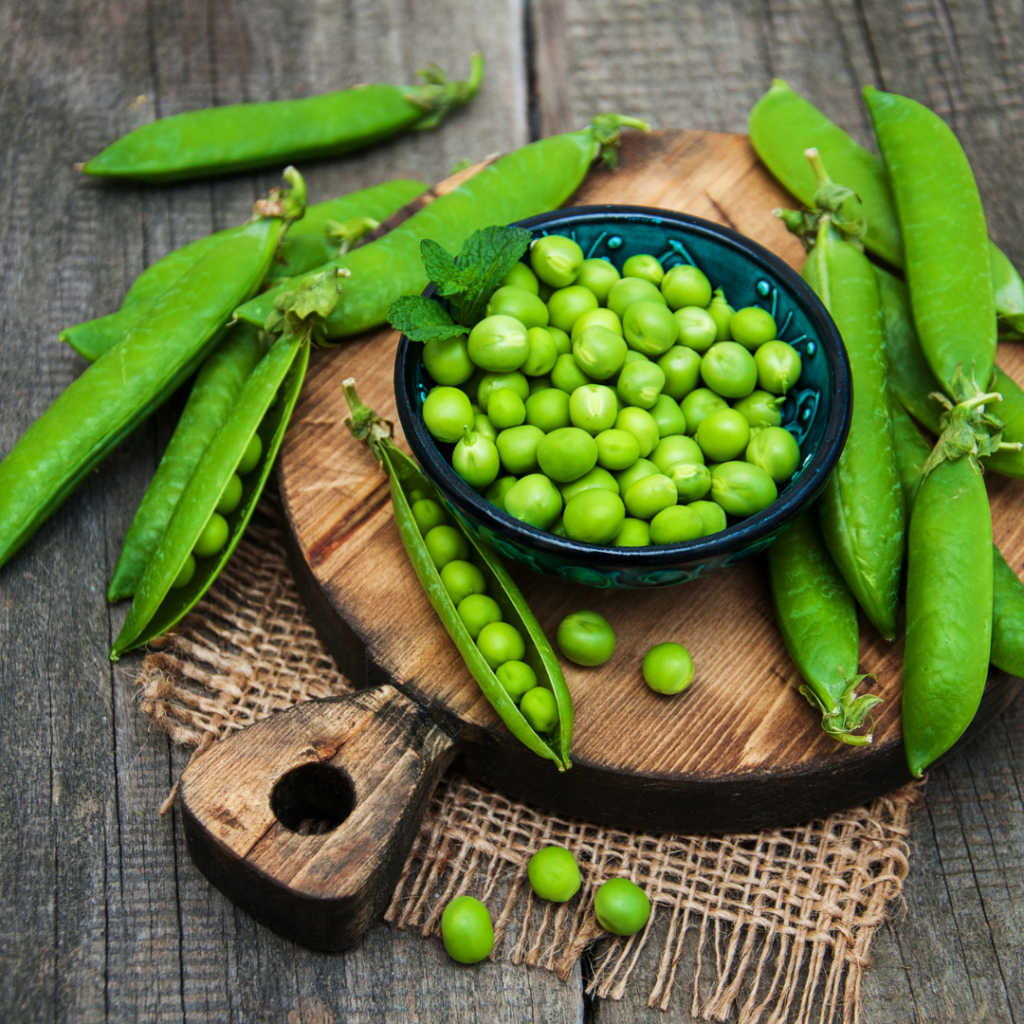
Proteína de Lentejas: Las lentejas son una excelente fuente de proteínas, fibra y diversos nutrientes. Se utilizan habitualmente en sopas, guisos, ensaladas y como sustituto de la carne en diversos platos.
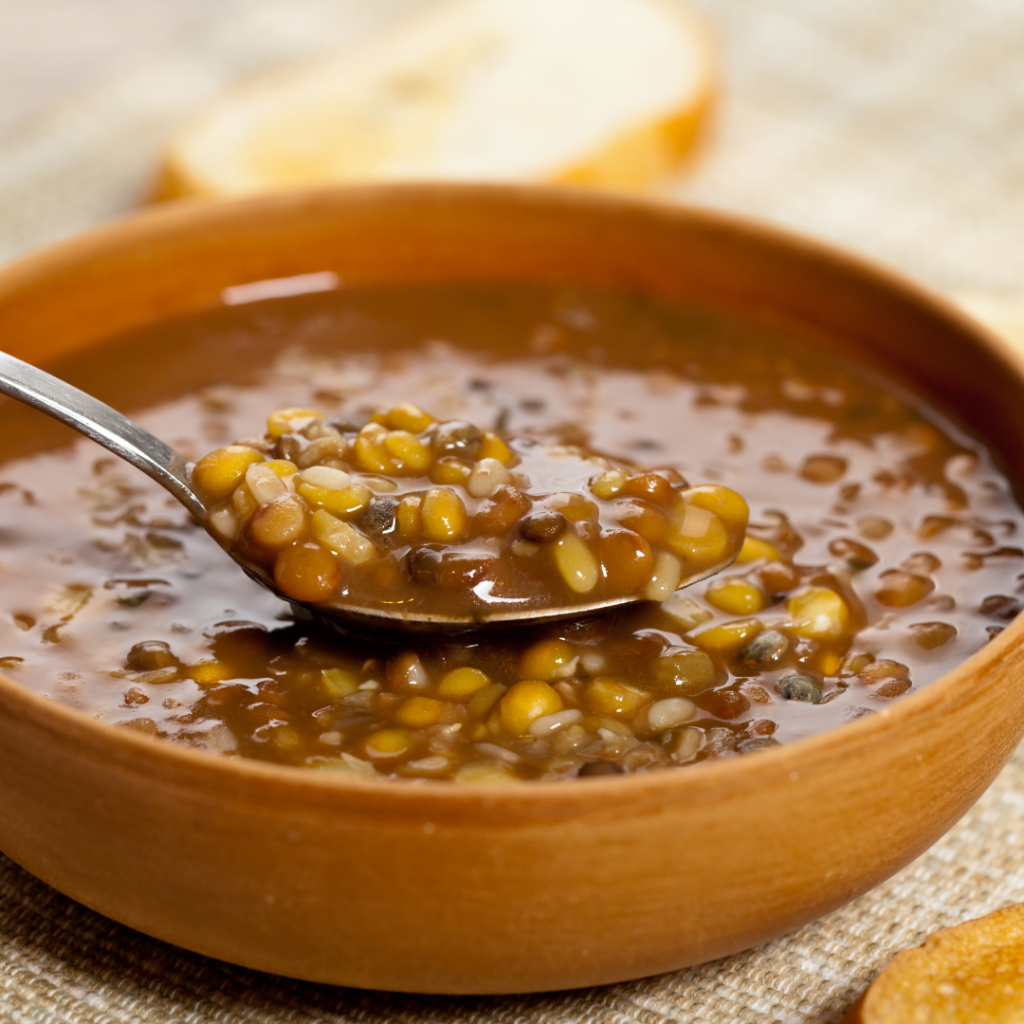
Proteína de garbanzo: Los garbanzos, también conocidos como garbanzos, son un alimento básico en muchas cocinas y son una buena fuente de proteínas, fibra y varias vitaminas y minerales. Se utilizan en platos como hummus, falafel y ensaladas.
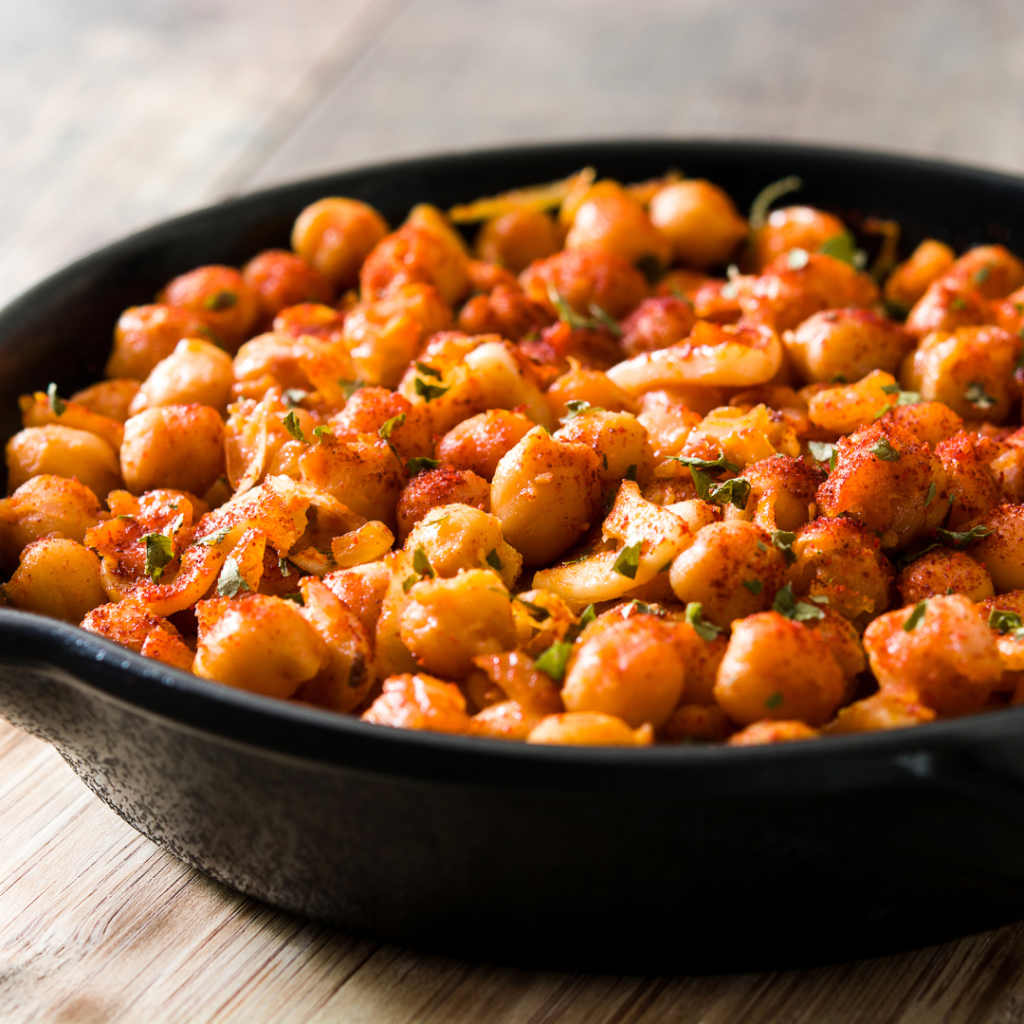
Quinua: Aunque técnicamente es una semilla, a la quinua a menudo se la conoce como un grano integral y es una fuente completa de proteínas. Es muy versátil y se puede utilizar en ensaladas, sopas, salteados y como sustituto del arroz.
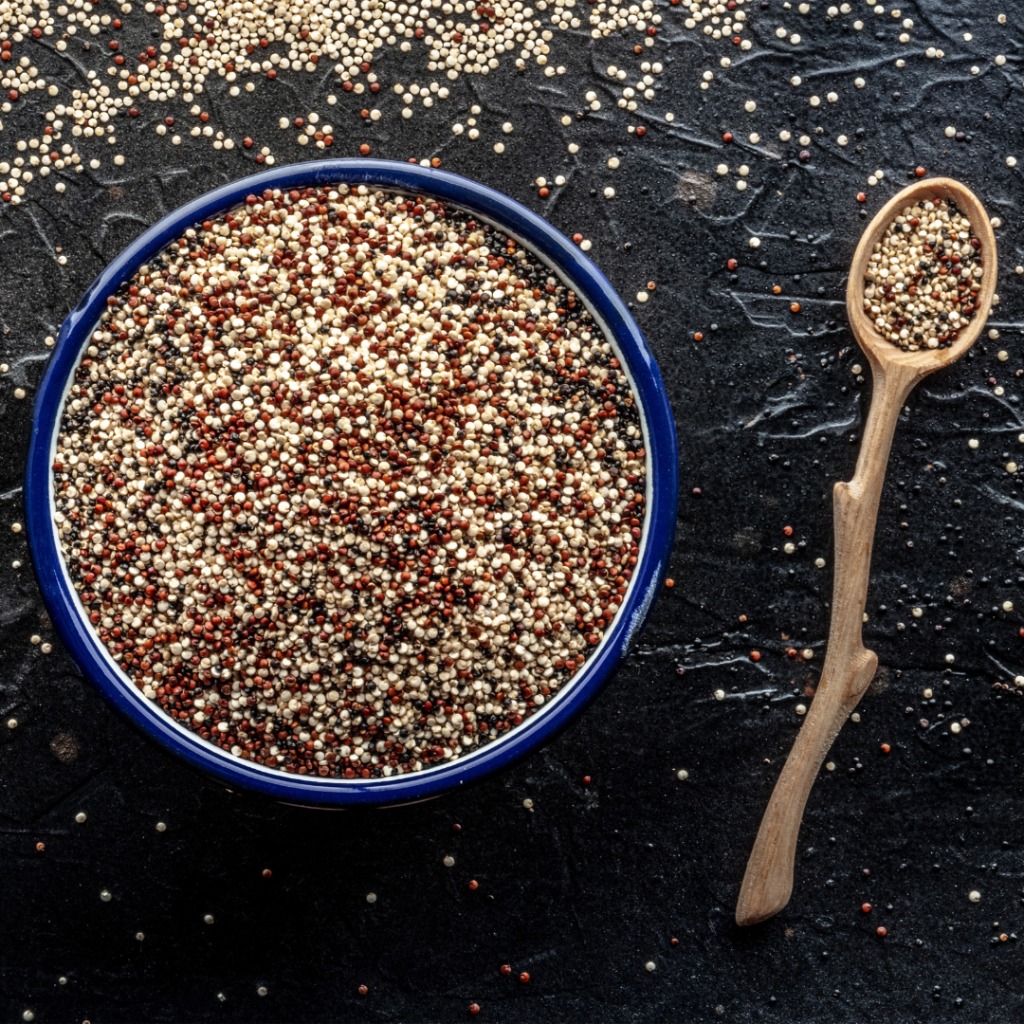
Proteína de arroz integral: La proteína de arroz integral en polvo se deriva del arroz integral integral y es hipoalergénica, lo que la hace adecuada para personas con sensibilidad alimentaria. A menudo se utiliza en proteínas en polvo y barras nutritivas.
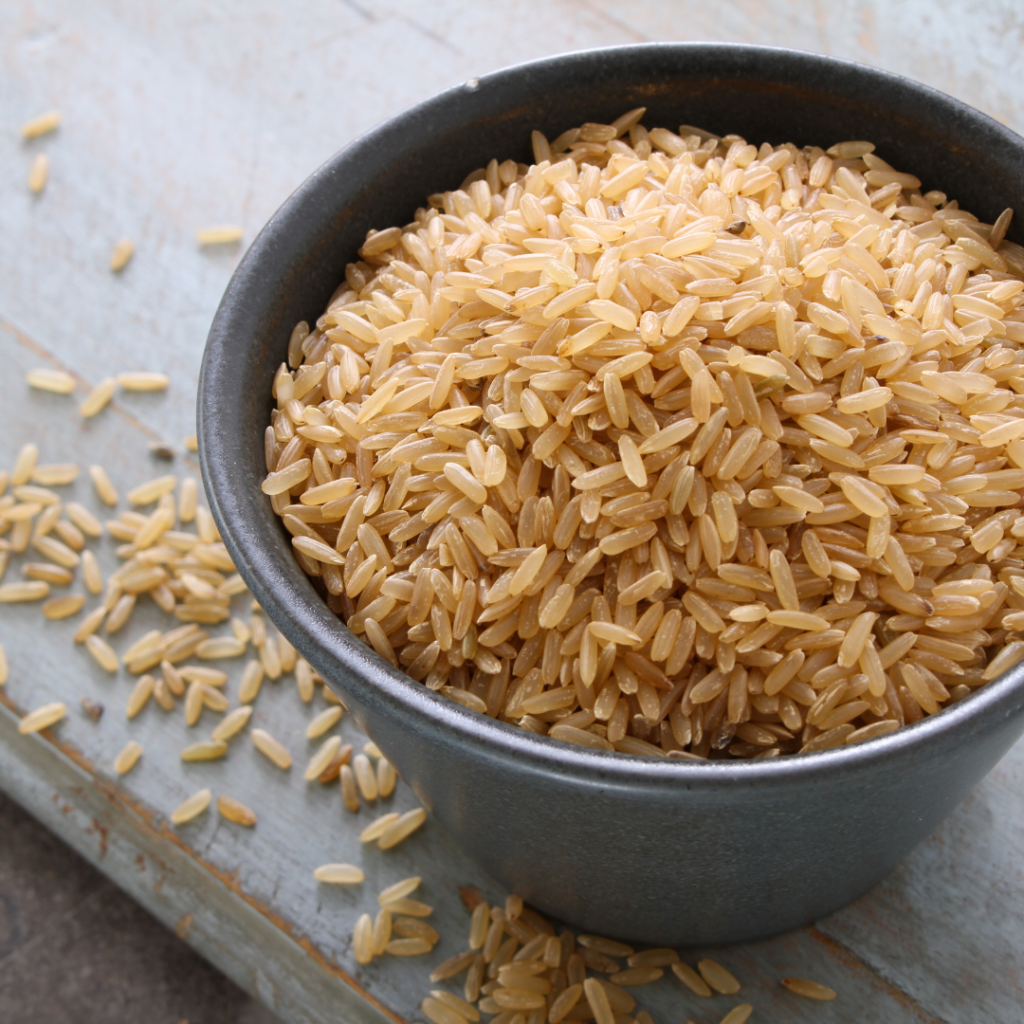
Estas proteínas vegetales son importantes no sólo para las personas que siguen dietas vegetarianas o veganas, sino también para cualquiera que busque incorporar más fuentes de proteínas de origen vegetal en sus comidas por razones ambientales y de salud.
Siguenos en nuestras redes sociales y mantente al dia con todos los articulos y videos que Latino Gringos ™ tiene para ti. Si deseas sugerir un tema de conversacion, no dudes en contactarnos al respecto.
How to reduce blood sugar levels
Lowering blood sugar levels is a crucial aspect of maintaining overall health, particularly for people of Latin descent who may be more prone to certain health conditions such as diabetes. By implementing key strategies and making lifestyle changes, Latinos can effectively control and reduce their blood sugar levels.

One of the most important steps to lower blood sugar is to adopt a balanced and nutritious diet. This includes consuming low-glycemic foods, such as whole grains, lean proteins, fruits, and vegetables. Additionally, portion control plays a vital role in controlling blood sugar levels.
Regular physical activity is another essential component of controlling blood sugar. Engaging in activities such as walking, jogging, or dancing not only helps lower blood sugar but also improves overall cardiovascular health.
Monitoring your blood sugar levels regularly is crucial to understanding how certain foods or activities affect your body. This allows you to make informed decisions about your diet and lifestyle.

Additionally, it is important for Latinos to seek guidance from health professionals who specialize in diabetes management. They can provide personalized advice tailored to individual needs and help create an effective plan to lower blood sugar levels.
By implementing these strategies along with proper care and support from health professionals, Latinos can take proactive steps to lower their blood sugar levels and improve their overall well-being.
Follow us on our social networks and stay up to date with all the articles and videos that Latino Gringos™ has for you. If you want to suggest a topic for conversation, do not hesitate to contact us about it.
Como reducir los niveles de azucar en sangre
Reducir los niveles de azúcar en sangre es un aspecto crucial para mantener la salud general, particularmente para las personas de ascendencia latina que pueden ser más propensas a ciertas condiciones de salud como la diabetes. Al implementar estrategias clave y realizar cambios en el estilo de vida, los latinos pueden controlar y reducir eficazmente sus niveles de azúcar en sangre.

Uno de los pasos más importantes para reducir el azúcar en sangre es adoptar una dieta equilibrada y nutritiva. Esto incluye consumir alimentos con bajo índice glucémico, como cereales integrales, proteínas magras, frutas y verduras. Además, el control de las porciones juega un papel vital en el control de los niveles de azúcar en sangre.
La actividad física regular es otro componente esencial para controlar el azúcar en sangre. Realizar actividades como caminar, trotar o bailar no solo ayuda a reducir el azúcar en sangre sino que también mejora la salud cardiovascular en general.
Controlar los niveles de azúcar en sangre con regularidad es crucial para comprender cómo ciertos alimentos o actividades afectan su cuerpo. Esto le permite tomar decisiones informadas sobre su dieta y estilo de vida.

Además, es importante que los latinos busquen orientación de profesionales de la salud que se especialicen en el control de la diabetes. Pueden brindar asesoramiento personalizado adaptado a las necesidades individuales y ayudar a crear un plan eficaz para reducir los niveles de azúcar en sangre.
Al implementar estas estrategias junto con la atención adecuada y el apoyo de profesionales de la salud, los latinos pueden tomar medidas proactivas para reducir sus niveles de azúcar en sangre y mejorar su bienestar general.
Siguenos en nuestras redes sociales y mantente al dia con todos los articulos y videos que Latino Gringos ™ tiene para ti. Si deseas sugerir un tema de conversacion, no dudes en contactarnos al respecto.
How to plant in a healthy way
Healthy planting involves various practices aimed at ensuring the successful growth and well-being of plants. Here are some key aspects to consider for healthy planting:

- Soil Preparation:
- Ensure the soil is well-draining to prevent waterlogged conditions.
- Test and amend the soil with organic matter to provide essential nutrients.
- Remove weeds and debris from the planting area.
- Plant Selection:
- Choose plants that meet the proper adaptation to the local climate and soil.
- Consider factors such as sunlight, water requirements, and space for proper growth.
- Proper Planting Depth:
- Plant seeds or seedlings at the recommended depth for optimal growth.
- Avoid planting too deep or too shallow, as it can affect root development.
- Watering:
- Water plants consistently, taking into account their specific water needs.
- Be careful with excessive watering, as it can cause root rot, and insufficient watering, which can cause stress and lack of hydration.
- Mulching
- place mulch around plants to retain soil moisture, suppress weeds, and regulate soil temperature.
- Use an organic mulch, such as wood chips or straw for added plant care.
- Fertilization:
- Provide appropriate fertilizers based on the needs of the plants.
- Follow recommended application rates to avoid over-fertilization.
- Pruning and Thinning:
- Prune plants to remove dead or diseased branches and promote air circulation.
- Thin out crowded plants to prevent competition for nutrients and sunlight.
- Pest and Disease Management:
- Monitor plants regularly for signs of pests and diseases.
- Use natural or organic methods for pest control whenever possible.
- Companion Planting:
- Consider companion planting to deter pests and enhance the growth of neighboring plants.
- Proper Spacing:
- Planting at the recommended spacing helps prevent overcrowding and allows for proper air circulation.
- Seasonal Considerations:
- Be mindful of the planting season and the specific requirements of each plant during different times of the year.
- Protection from Extreme Conditions:
- Provide protection from extreme weather conditions, such as frost, strong winds, or intense sunlight.

Remember that different plants may have specific needs, so it’s essential to research and tailor your approach based on the types of plants you’re cultivating. Additionally, local climate and environmental conditions should be taken into account for successful and healthy planting.
Follow us on our social networks and stay up to date with all the articles and videos that Latino Gringos™ has for you. If you would like to suggest a topic for conversation, do not hesitate to contact us about it.
Como plantar de forma saludable
La plantación saludable implica diversas prácticas destinadas a garantizar el crecimiento exitoso y el bienestar de las plantas. A continuación se detallan algunos aspectos clave a considerar para una siembra saludable:
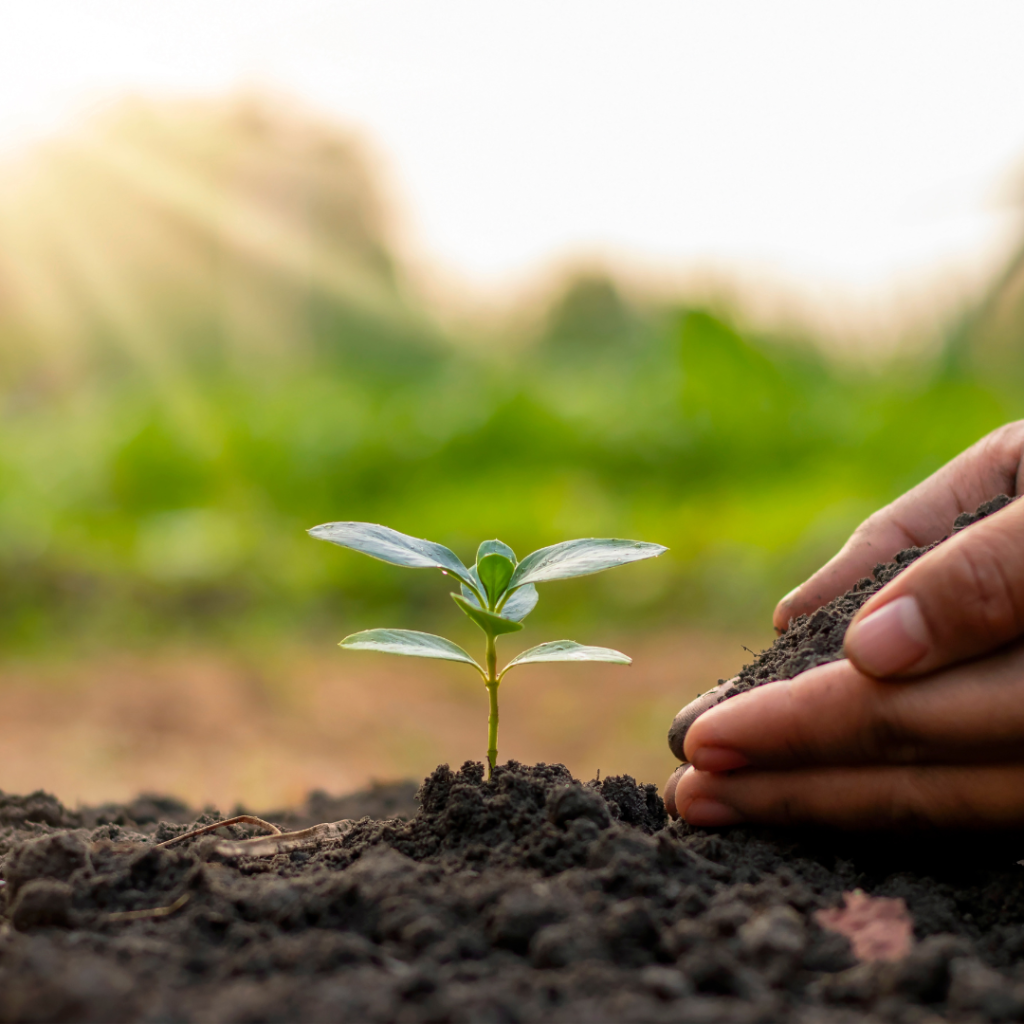
1. Preparación del suelo:
• Asegúrese de que el suelo tenga buen drenaje para evitar condiciones de encharcamiento.
• Probar y modificar el suelo con materia orgánica para proporcionar nutrientes esenciales.
• Retire las malezas y los escombros del área de plantación.
2. Selección de plantas:
• Elegir plantas que cumplan con la adecuada adaptación al clima y suelo local.
• Considere factores como la luz solar, los requisitos de agua y el espacio para un crecimiento adecuado.
3. Profundidad de plantación adecuada:
• Plante semillas a la profundidad recomendada para un crecimiento óptimo.
• Evite plantar demasiado profundo o demasiado superficial, ya que puede afectar el desarrollo de las raíces.
4. Riego:
• Riegue las plantas constantemente, teniendo en cuenta sus necesidades específicas de agua.
• Cuidado con los riegos excesivos, ya que pueden provocar la pudrición de las raíces, y con los riegos insuficientes, que pueden provocar estrés y falta de hidratación.
5. Acolchado
• coloque mantillo alrededor de las plantas para retener la humedad del suelo, eliminar las malezas y regular la temperatura del suelo.
• Utilice un mantillo orgánico, como astillas de madera o paja, para un mayor cuidado de las plantas.
6. Fertilización:
• Proporcionar fertilizantes adecuados en función de las necesidades de las plantas.
• Siga las tasas de aplicación recomendadas para evitar la fertilización excesiva.
7. Poda y separacion:
• Pode las plantas para eliminar ramas muertas o enfermas y promover la circulación del aire.
• Separe las plantas abarrotadas para evitar la competencia por los nutrientes y la luz solar.
8. Manejo de plagas y enfermedades:
• Monitoree las plantas con regularidad para detectar signos de plagas y enfermedades.
• Utilice métodos naturales u orgánicos para el control de plagas siempre que sea posible.
9. Plantación complementaria:
• Considere la posibilidad de plantar plantas complementarias para disuadir las plagas y mejorar el crecimiento de las plantas vecinas.
10. Espaciado adecuado:
• Plantar con el espaciamiento recomendado ayuda a prevenir el hacinamiento y permite una circulación de aire adecuada.
11. Consideraciones estacionales:
• Tenga en cuenta la temporada de siembra y los requisitos específicos de cada planta durante las diferentes épocas del año.
12. Protección contra condiciones extremas:
• Proporcionar protección contra condiciones climáticas extremas, como heladas, vientos fuertes o luz solar intensa.
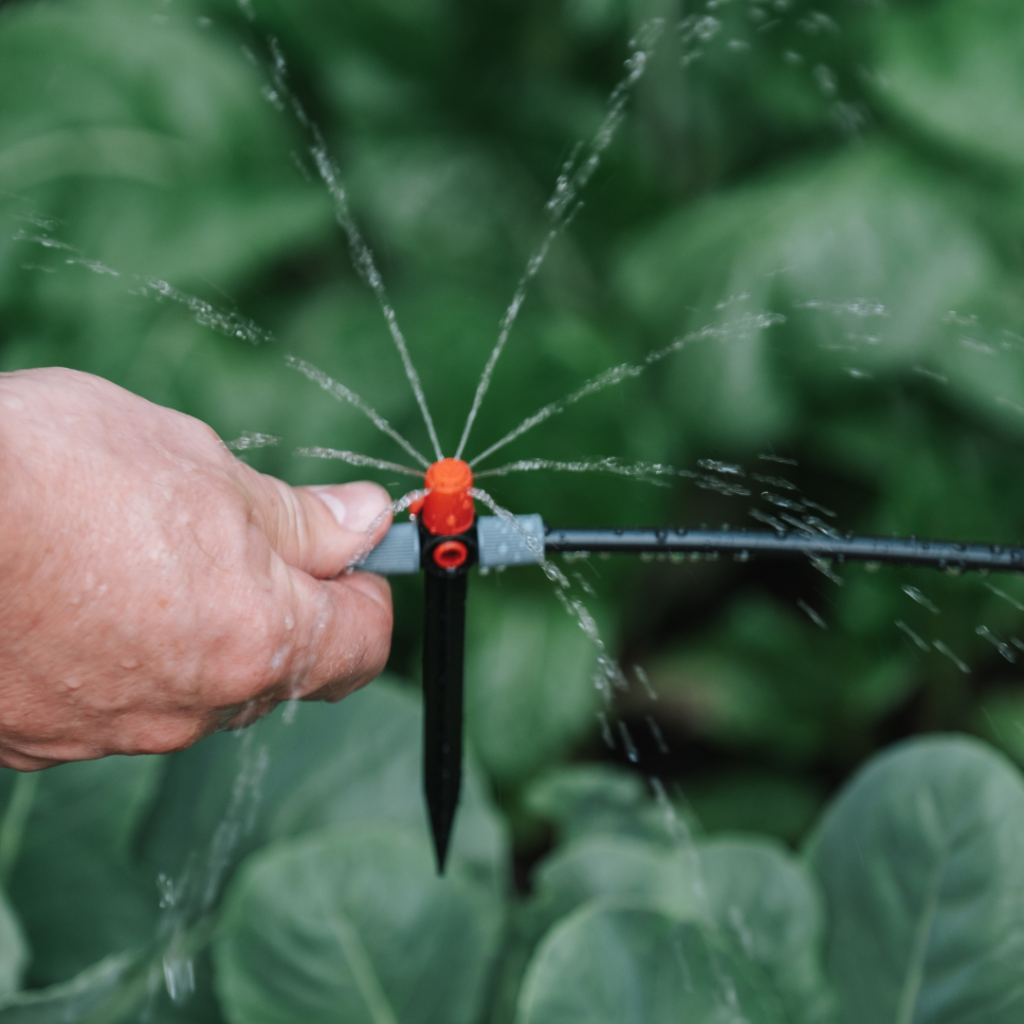
Recuerde que diferentes plantas pueden tener necesidades específicas, por lo que es esencial investigar y adaptar su enfoque según los tipos de plantas que esté cultivando. Además, se deben tener en cuenta las condiciones climáticas y ambientales locales para una siembra exitosa y saludable.
Siguenos en nuestras redes sociales y mantente al dia con todos los articulos y videos que Latino Gringos ™ tiene para ti. Si deseas sugerir un tema de conversacion, no dudes en contactarnos al respecto.
Natural Beauty,5 Best Beauty Products Right in your Kitchen Cabinet
1. Turmeric
Turmeric it’s known for its amazing natural properties, used for centuries in the country of India as a spice, beauty aid, and medicine. China has also used it as natural medicine, Turmeric provides several benefits to the skin. A study shows that the synergistic combined effects of gingerol, from ginger, and curcumin, a substance found in turmeric, helped skin improve its appearance and function. The combination allowed the skin to heal faster. These antioxidants also protect the skin from free-radical damage to collagen production.
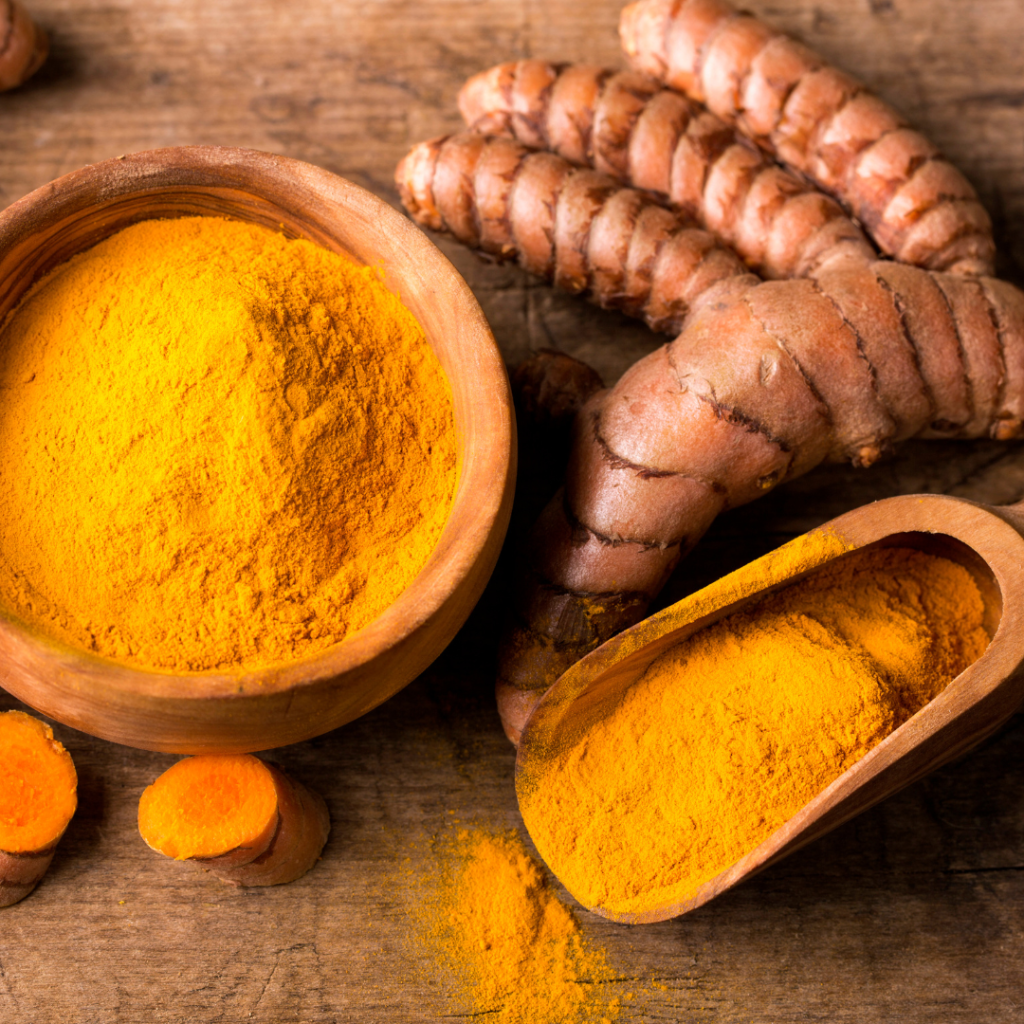
2. Aloe Vera
Aloe vera has been documented as a natural beauty regimen dating back as far as ancient China and Egypt. Cleopatra and Nefertiti used aloe as part of their daily skin and beauty treatments. The most common uses of aloe vera are topically for healthy, moisturized skin and hair. The soothing properties can help reduce inflammation associated with acne, and provide relief for rosacea, moisturize cracked skin. Apply the aloe directly as a hair mask and anti-frizz gel or mix with olive oil for a softening leave-in conditioner.

3. Honey
Want gorgeous hair, skin, and nails? Raw honey is the product to stick with. Some of the nutrients provided by honey are zinc, potassium, thiamin, niacin, manganese, and iron. Raw honey contains anti-inflammatory, antifungal, and antibacterial compounds. Together, the properties help with acne and scarring by reducing redness and irritation, harmful bacteria, and increasing tissue healing and regeneration. Honey is a natural humectant. In other words, it prevents cells from drying out by retaining moisture. This property allows honey to keep cuticles, hair, and skin hydrated. Mix honey with apple cider vinegar for added benefits.

4. Apple Cider Vinegar
Apple cider vinegar offers health and beauty benefits with its usage tracing back to Hippocrates in 400 BC. This all-natural, all-purpose vinegar is rich in acetic acid, citric acid, and malic acid. Alpha hydroxy acids, such as malic acid and citric acid, stimulate exfoliation by removing dull, dead skin cells to make room for newer cells. When new skin cells come in quickly, there is a decrease in blemishes resulting in skin that is smoother with fewer fine lines and wrinkles. Malic acid also helps retain moisture for skin hydration. The acetic acid in apple cider vinegar works as a skin softener.

To see more articles about these topics or others, keep coming back to Latino Gringos™. Make sure to follow us on our Instagram or Facebook to know when we upload new articles or videos.
If you know anyone that might benefit from our articles, even if they are not Latino, please share with them. We love our Latino community, but also like helping anyone that needs it.
Belleza natural, los 5 mejores productos de belleza que estan en tu gabinete de cocina
1. cúrcuma
La cúrcuma es conocida por sus sorprendentes propiedades naturales, utilizada durante siglos en el pais de la India como especia, ayuda de belleza y medicina. China también la ha utilizado como medicina natural, la cúrcuma aporta varios beneficios a la piel. Un estudio demostro que los efectos combinados sinérgicos del gingerol, procedente del jengibre, y la curcumina, una sustancia que se encuentra en la cúrcuma, ayudaron a mejorar la apariencia de la piel. La combinación permitió que la piel sanara más rápido. Estos antioxidantes también protegen la piel del daño de los radicales libres a la producción de colágeno.
2. Áloe Vera
El aloe vera ha sido documentado como una planta de belleza natural que se remonta a la antigua China y Egipto. Cleopatra y Nefertiti utilizaban el aloe como parte de sus tratamientos diarios de belleza y para la piel. Los usos más comunes del aloe vera son tópicos, para una piel y un cabello sanos e hidratados. Las propiedades calmantes pueden ayudar a reducir la inflamación asociada con el acné, aliviar la rosácea e hidratar la piel agrietada. Aplique el aloe directamente como mascarilla para el cabello y gel anti-frizz o mézclelo con aceite de oliva para obtener un acondicionador suavizante sin enjuague.
3. Miel
¿Quieres tener un cabello, piel y uñas hermosas? La miel es el producto a seguir. Algunos de los nutrientes que aporta la miel son zinc, potasio, tiamina, niacina, manganeso y hierro. La miel. contiene compuestos antiinflamatorios, antifúngicos y antibacterianos. Juntas, las propiedades ayudan con el acné y las cicatrices al reducir el enrojecimiento y la irritación, las bacterias dañinas y aumentar la curación y regeneración de los tejidos. La miel es un humectante natural. En otras palabras, evita que las células se sequen al retener la humedad. Esta propiedad permite que la miel mantenga las cutículas, el cabello y la piel hidratados. Mezcle miel con vinagre de sidra de manzana para obtener beneficios adicionales.
4. Vinagre de sidra de manzana
El vinagre de sidra de manzana ofrece beneficios para la salud y la belleza y su uso se remonta a Hipócrates en el año 400 a.C. Este vinagre totalmente natural y con diferentes multiusos es rico en ácido acético, ácido cítrico y ácido málico. Los alfa hidroxiácidos, como el ácido málico y el ácido cítrico, estimulan la exfoliación eliminando las células muertas y opacas de la piel para dejar espacio para células más nuevas. Cuando las nuevas células de la piel aparecen rápidamente, hay una disminución de las imperfecciones, lo que da como resultado una piel más suave con menos líneas finas y arrugas. El ácido málico también ayuda a retener la humedad para la hidratación de la piel. El ácido acético del vinagre de sidra de manzana actúa como suavizante de la piel.
Siguenos en nuestras redes sociales y mantente al dia con todos los articulos y videos que Latino Gringos ™ tiene para ti. Si deseas sugerir un tema de conversacion, no dudes en contactarnos al respecto.
Habits to Form Now for a Longer Life
Longevity and a vibrant, healthy life are aspirations shared by many. While genetics play a role in determining our lifespan, lifestyle choices can significantly impact the quality and duration of our lives. In this article, we will explore a holistic approach to fostering longevity, encompassing not only lifestyle habits but also specific foods that can promote health and longevity.
- Balanced Diet Specific Foods: Incorporate a balanced diet rich in whole grains, lean proteins, fruits, vegetables, and healthy fats. Foods like quinoa, salmon, kale, berries, and avocados are packed with essential nutrients that support overall health. A balanced diet ensures that you receive a wide array of vitamins, minerals, and antioxidants essential for cellular repair and protection against chronic diseases.
- Regular Exercise: Exercise is a cornerstone of a long and healthy life. It boosts cardiovascular health, maintains muscle mass, and helps manage weight. Aim for a mix of cardiovascular exercise, strength training, and flexibility exercises.
- Adequate Sleep: Sleep is vital for overall well-being. Aim for 7-9 hours of quality sleep per night. Proper sleep supports cognitive function, mood stability, and immune health.
- Stress Management: Chronic stress can accelerate aging and increase the risk of chronic diseases. Incorporate stress-reduction practices such as mindfulness meditation, yoga, or deep breathing exercises into your daily routine.
- Stay Hydrated: Water is essential for bodily functions, and staying hydrated is crucial for longevity. Herbal teas, infused water, and consuming water-rich foods like cucumbers and watermelon can help you meet your daily hydration needs.
- Limit Alcohol and Tobacco: Excessive alcohol consumption and tobacco use are linked to various health issues, including cancer, heart disease, and liver problems. Minimize or quit these habits to extend your life.
- Maintain Social Connections: A strong social network is associated with better mental and physical health. Nurture your relationships with friends and family to foster a sense of belonging and emotional support.
- Regular Health Check-ups: Regular health check-ups can help detect and manage health conditions early, preventing them from becoming serious. Monitor your blood pressure, cholesterol levels, and blood sugar regularly.
Specific Foods for Longevity
- Leafy Greens: Kale, spinach, and Swiss chard are rich in vitamins, minerals, and antioxidants that support brain health and reduce the risk of chronic diseases.
- Berries: Blueberries, strawberries, and raspberries are packed with antioxidants that combat oxidative stress, lower inflammation, and support cardiovascular health.
- Fatty Fish: Salmon, mackerel, and sardines are rich in omega-3 fatty acids, which reduce the risk of heart disease and support cognitive function.
- Nuts and Seeds: Almonds, walnuts, chia seeds, and flaxseeds provide healthy fats, fiber, and essential nutrients that promote heart health and longevity.
- Turmeric: This spice contains curcumin, a potent anti-inflammatory compound that may help protect against chronic diseases and improve brain function.
- Green Tea: Rich in antioxidants, green tea can improve metabolic health, reduce the risk of cancer, and enhance brain function.
- Probiotic Foods: Yogurt, kefir, and fermented foods like kimchi and sauerkraut promote gut health and strengthen the immune system.
Final Thoughts
A longer, healthier life is within reach by adopting a holistic approach to your well-being. Incorporating balanced nutrition, regular exercise, stress management, and other positive lifestyle habits can significantly impact your longevity. Additionally, specific foods rich in nutrients and antioxidants can support overall health and reduce the risk of chronic diseases. Embrace these habits and foods today to invest in a brighter, healthier future for yourself.
The Hidden Truth: The Toxic Reality of Bottled Water
Bottled water has long been marketed as a pristine and pure alternative to tap water. Millions of people around the world rely on it as their primary source of hydration, often believing that it is the safest and healthiest choice available.
In richer nations, where clean tap water tends to be widely available, bottled water is often seen as something of a “luxury” purchase, regarded as healthier and tastier than tap water, the report notes.
“This perception is fueled by the corporations that promote bottled water as a pure product,” Zeineb Bouhlel, lead author of the report and researcher at UN University’s Institute for Water, Environment and Health, told CNN.
In this sense, a growing body of research and investigation has revealed that not all bottled water is as clean and pure as it claims to be.
In this article, we will delve into the disturbing truth about toxic bottled water, with a particular focus on Poland Spring, a popular bottled water brand in the United States.
The Bottled Water Industry
The bottled water industry is a massive global business, worth billions of dollars annually. It capitalizes on people’s concerns about the quality of tap water, convenience, and perceived health benefits. However, it is essential to recognize that not all bottled water is sourced, treated, or regulated equally.

Is Poland Spring Water Really From a Spring? ‘Not One Drop,’ Says a Lawsuit
Poland Spring, a subsidiary of Nestlé, is one of the most well-known brands in the United States. It claims to provide “100% natural spring water,” suggesting it comes directly from pristine sources in Maine. However, investigations have raised questions about the true source of Poland Spring water, as well as its purity and safety.

The True Source of Poland Spring Water
One of the most significant controversies surrounding Poland Spring water is its alleged source. The company has been accused of misleading consumers about the origin of its water. In a class-action lawsuit filed in 2017, plaintiffs claimed that Poland Spring’s water did not come from natural springs, as advertised, but instead was sourced from wells that were sometimes located near potentially contaminated areas.
Nestlé tried to get the case dismissed, but on March 28, a US district judge in Connecticut ruled that plaintiffs from eight states, including Massachusetts, New York, and Pennsylvania, can pursue their lawsuit against the company. These consumers say they are seeking damages because Nestlé “intentionally concealed that its Poland Spring Water does not comply with the standard of identity for spring water under state law,” per the New York Times. Nestlé, the parent company, has repeatedly defended the source of its water, but doubts persist.
Environmental Impact
Aside from concerns about the source, the bottled water industry has a substantial environmental footprint. The production of plastic bottles requires significant amounts of fossil fuels and water, contributing to greenhouse gas emissions and exacerbating the global plastic pollution crisis.
In 2021, the bottled water industry produced an estimated 600 billion plastic bottles and containers, leading to approximately 25 million tons of plastic waste, as reported by Zeineb Bouhlel. This massive waste accumulation, largely unrecycled, finds its way into landfills.To put this into perspective, the volume of waste is equivalent to filling a line of 40-ton trucks stretching from New York to Bangkok every year.
This environmental issue is exacerbated by the fact that fossil fuels, with their significant carbon footprint, are the primary raw material for plastics production. Judith Enck, a former US Environmental Protection Agency regional administrator and current president of Beyond Plastics, has referred to plastics as a major contributor to climate change, dubbing them “a climate killer.”
While Poland Spring has taken steps to reduce its environmental impact, such as using lighter plastic bottles, the overall sustainability of the bottled water industry remains a pressing issue.
Microplastics and Contaminants

Bottled water, including Poland Spring, is not immune to the issue of microplastic contamination. Recent studies have detected microplastics in various bottled water brands, indicating that plastic particles are leaching into the water during the bottling process. These tiny plastic particles can pose health risks when consumed over time, as they may contain harmful chemicals.
Furthermore, bottled water may contain contaminants such as heavy metals, phthalates, and other chemical compounds that can leach from plastic bottles or enter the water during the bottling and storage processes. While regulatory agencies establish maximum allowable levels for these contaminants, the long-term health effects of continuous exposure to low levels remain a topic of concern.
Regulatory Oversight

One of the challenges with bottled water is the lack of stringent regulations compared to tap water. In the United States, the Environmental Protection Agency (EPA) enforces strict standards for tap water quality, including regular testing and public disclosure of water quality reports. In contrast, bottled water is primarily regulated by the Food and Drug Administration (FDA), which has less rigorous testing requirements and allows companies to keep certain information confidential.
Final Thoughts
While bottled water, including Poland Spring, may provide convenience and perceived purity, it is not without its flaws. The bottled water industry faces concerns about the true source of water, its environmental impact, microplastic contamination, and the presence of potentially harmful contaminants.
Consumers should be aware of these issues and consider alternatives such as tap water, filtered water, or reusable water bottles to minimize their environmental impact and potential health risks. In the case of Poland Spring, ongoing scrutiny and legal challenges remind us to be cautious and critical consumers, demanding transparency and accountability from the bottled water industry.
Six Health Risks of Being Sleep Deprived
In our fast-paced world, where work, social life, and technology often take precedence, sleep is often sacrificed. However, skimping on sleep is not just a lifestyle choice; it’s a serious health risk that can have detrimental effects on your physical and mental well-being. In this article, we will explore six significant health risks associated with sleep deprivation.
- Impaired Cognitive Function
One of the most immediate consequences of sleep deprivation is impaired cognitive function. Lack of sleep can lead to difficulties with concentration, memory, and decision-making. This can impact your productivity, work performance, and overall quality of life. Chronic sleep deprivation may even contribute to the development of neurodegenerative conditions like Alzheimer’s disease.
- Mood Disorders
Sleep and mood are closely intertwined. Chronic sleep deprivation is linked to an increased risk of mood disorders such as depression and anxiety. Sleep plays a crucial role in regulating mood and emotional stability. When you don’t get enough sleep, you may become more irritable, anxious, or prone to mood swings.
- Weakened Immune System
Adequate sleep is essential for a robust immune system. When you’re sleep-deprived, your body produces fewer immune cells, making you more susceptible to infections. Prolonged sleep deprivation can also impair your body’s ability to fight off illnesses, leaving you vulnerable to both viral and bacterial infections.
- Weight Gain and Obesity
Sleep deprivation can disrupt the balance of hunger-regulating hormones, leading to increased appetite, particularly for high-calorie, sugary, and fatty foods. Over time, this can contribute to weight gain and obesity. Poor sleep also affects insulin sensitivity, increasing the risk of type 2 diabetes.
- Cardiovascular Risks
Sleep plays a vital role in maintaining cardiovascular health. Chronic sleep deprivation is associated with an increased risk of heart disease, high blood pressure, and stroke. Sleep is a time for your body to repair and regenerate, and when it’s deprived of this opportunity, it can have adverse effects on your cardiovascular system.
- Increased Risk of Accidents
Fatigue from sleep deprivation can impair your motor skills, coordination, and reaction time, making you more prone to accidents. Sleep-deprived individuals are at a higher risk of workplace accidents, car crashes, and other mishaps that can lead to serious injuries.
Final Thoughts
Sleep is not a luxury; it’s a fundamental requirement for maintaining good health and well-being. Chronic sleep deprivation can lead to a range of serious health risks, affecting both your physical and mental health. To mitigate these risks, prioritize sleep as an integral part of your daily routine.
Here are some tips for getting better sleep:
- Establish a regular sleep schedule: Go to bed and wake up at the same time every day, even on weekends.
- Create a sleep-conducive environment: Ensure your bedroom is dark, quiet, and comfortable for sleeping.
- Limit screen time before bed: The blue light emitted by screens can interfere with your sleep-wake cycle. Try to avoid screens at least an hour before bedtime.
- Watch your diet: Avoid large meals, caffeine, and alcohol close to bedtime, as these can disrupt your sleep.
- Manage stress: Practice relaxation techniques like deep breathing, meditation, or yoga to reduce stress and improve sleep quality.
By prioritizing and taking steps to improve your sleep habits, you can reduce the risk of these health issues associated with sleep deprivation and enjoy a healthier and more fulfilling life.
Regular Medicine vs. Holistic Medicine: Which one is better?
When it comes to healthcare, there are two predominant approaches that people often consider: conventional or regular medicine and holistic medicine. Each approach has its own philosophy, principles, and methodologies, and determining which one is “better” can be a complex and subjective decision.
In this article, we will explore the key differences between regular and holistic medicine to help you make informed choices about your healthcare options.
Regular Medicine (Conventional Medicine)
1. Disease-Centered Approach
Regular medicine, often referred to as conventional or allopathic medicine, primarily focuses on diagnosing and treating specific diseases or medical conditions. It follows a reductionist approach, breaking down complex health issues into smaller components for diagnosis and treatment.
2. Evidence-Based Practice
Conventional medicine relies heavily on scientific research and clinical trials to develop treatment protocols. Medications and therapies are rigorously tested for safety and effectiveness, and decisions are made based on empirical evidence.
3. Specialization
Medical practitioners in regular medicine often specialize in specific fields such as cardiology, dermatology, or neurology. Patients are typically referred to specialists when their condition requires specialized care.
4. Pharmaceutical Interventions
In regular medicine, medications play a central role in treating diseases. Physicians prescribe pharmaceutical drugs to manage symptoms, fight infections, or address underlying issues. Surgery is also a common intervention for many conditions.
5. Symptom Suppression
The primary goal in regular medicine is often to alleviate symptoms and manage the disease. This may lead to temporary relief, but it may not always address the root causes of the illness.
Holistic Medicine
1. Whole-Person Approach
Holistic medicine, also known as complementary or integrative medicine, takes a holistic view of health and wellness. It considers the interconnectedness of the mind, body, and spirit, emphasizing that these aspects must be in balance for optimal health.
2. Individualized Care
Holistic practitioners treat each patient as a unique individual. They consider not only physical symptoms but also emotional, mental, and spiritual well-being when developing treatment plans.
3. Natural Therapies
Holistic medicine incorporates a wide range of natural therapies such as acupuncture, herbal medicine, chiropractic care, and nutritional counseling. These therapies aim to support the body’s innate ability to heal itself.
4. Prevention-Oriented
Preventing illness and promoting overall wellness are core principles of holistic medicine. Practitioners often educate patients on lifestyle changes, diet, and stress management to prevent health issues from arising.
5. Root-Cause Exploration
Rather than solely addressing symptoms, holistic medicine seeks to identify and address the root causes of health problems. This approach aims to promote long-term healing and wellness.
Which One is Better?
The question of whether regular or holistic medicine is “better” is not straightforward. Both approaches have their strengths and limitations, and what works best for an individual may depend on their specific health needs and personal beliefs.
- For Acute Conditions: Conventional medicine excels in treating acute and life-threatening conditions where evidence-based, rapid interventions are crucial.
- For Chronic Conditions: Holistic medicine can be a valuable complement for managing chronic conditions by addressing underlying causes and promoting overall well-being.
- Personal Preference: Ultimately, the choice between regular and holistic medicine may come down to personal preference and the patient’s philosophy on healthcare.
In conclusion, the “better” approach to healthcare depends on individual circumstances and needs. Many individuals find benefit in integrating aspects of both regular and holistic medicine into their healthcare journey. It’s essential to work with qualified healthcare professionals and engage in open communication to make informed decisions about your health and well-being.
